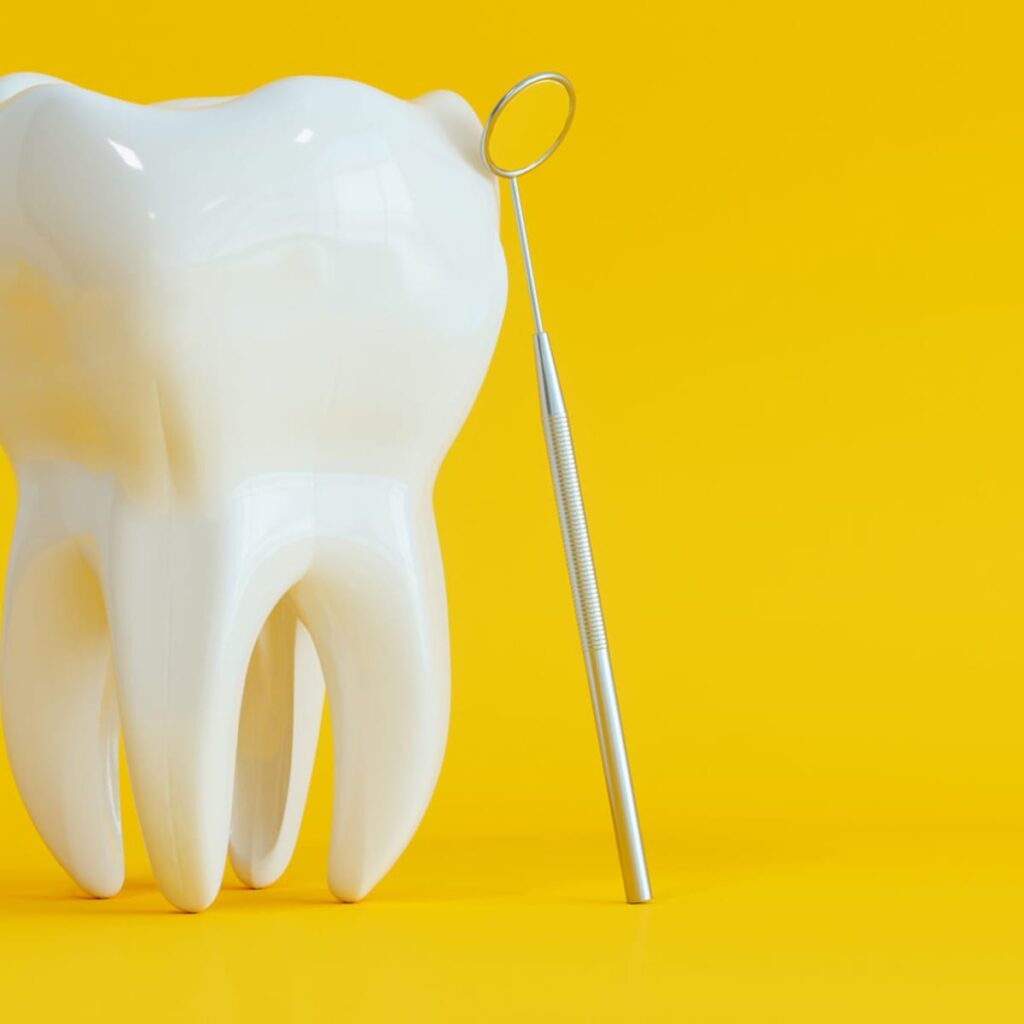Teeth are a valuable asset, capable of enhancing or diminishing your smile. Therefore, it is crucial to take proper care of them. Despite maintaining good oral hygiene, teeth may lose their whiteness due to dietary habits. As a result, teeth whitening in Sydney has become increasingly popular for its effective and long-lasting results. Here is a comprehensive overview of the teeth whitening procedure.
Understanding the distinction
It’s important to recognize that “whitening” and “bleaching” are not interchangeable terms. These procedures have distinct differences. Teeth whitening focuses on removing debris and deposits from the teeth, resulting in a more natural white appearance. On the other hand, bleaching can lighten the teeth beyond their original natural shade of white. To determine the most suitable option for your dental condition, it’s advisable to consult with your dentist and seek their professional advice.
The procedure explained
There are several professional teeth whitening procedures available today, with bleaching and laser teeth whitening being the most popular options.
- Laser teeth whitening treatment: In this procedure, a protective dam is applied to shield all areas of your mouth except your teeth. The dentist then applies a special gel containing whitening agents to your teeth. A laser is directed at the gel to activate it. After a certain period, the materials are removed, leaving your teeth noticeably sparkling and white.
- Bleaching: There are two common types of bleaches used for teeth whitening: carbamide peroxide bleach and hydrogen peroxide bleach. Your dentist will apply one of these bleaches to your teeth, and the procedure is complete. After cleaning, you will enjoy a radiant smile.
Before Your First Teeth Whitening Treatment

Teeth whitening is a popular and safe procedure. Don’t hesitate to schedule a consultation with your dentist to discuss your options and receive proper guidance for your specific needs.
The procedure entails placing a protective rubber dam over your teeth to safeguard the gums. A bleaching product is then applied to the teeth, followed by shining a light or laser onto them to activate the whitening chemical. The light accelerates the reaction of the whitening product, allowing for a faster color change to occur.
Beware of your holiday wish list!
At the Oral Health Foundation, we embrace the holiday season, but we urge everyone to exercise caution when it comes to their desires. We understand the desire for a dazzling, flawless smile to make a lasting impression at parties. However, it’s crucial to avoid shortcuts that may not deliver the desired results.
Charcoal in your stocking:
There has been a surge in products containing activated charcoal in recent years. It’s important to note that this is not the same charcoal used for grilling, which can contain harmful chemicals. Regular charcoal, made from coal, peat, wood pulp, petroleum, or coconut shells, is not meant for consumption and should only be used for barbecuing. On the other hand, activated charcoal is a high-temperature-burned powder derived from wood, bamboo, coal, or coconut shells. It has gained popularity as an at-home tooth whitener. However, it has limited or no impact on the color of your teeth and, at best, may only remove surface stains.
Straightening your own teeth:
There is a concerning trend influenced by social media that encourages people to attempt self-aligning their teeth. Some individuals have used rubber bands, dental floss, or even paper clips to quickly adjust the positioning of their teeth. This can be extremely dangerous, as proper orthodontic procedures are typically done gradually over months to avoid harming the mouth. Applying excessive pressure on the teeth, jawbone, and gums can lead to severe damage and pain.
Prioritize your oral health and consult with dental professionals to ensure safe and effective methods for achieving your desired smile.


